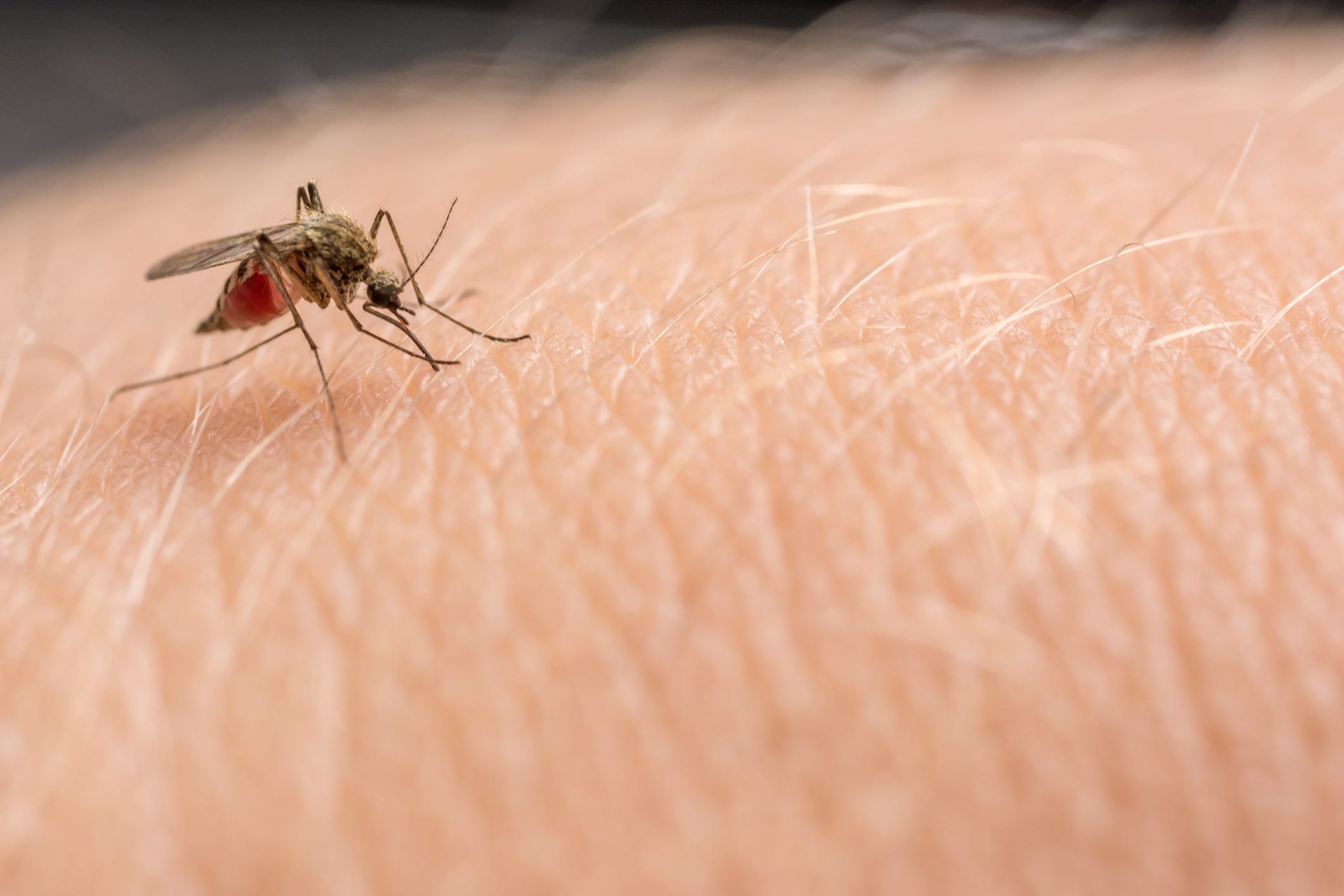The United States is experiencing a concerning outbreak of locally transmitted malaria cases, with five cases reported in the last two months. This marks the first time in 20 years that local spread of the disease has occurred in the country. The Centers for Disease Control and Prevention (CDC) has issued a public health alert to warn doctors, public health authorities, and the public about the risk.
Four cases were identified in southwest Florida, while one case was reported in southern Texas. The CDC emphasizes that malaria is a medical emergency and should be treated as such. Patients suspected of having malaria should be urgently evaluated in a facility that can provide rapid diagnosis and treatment within 24 hours.
Malaria is a serious disease transmitted through the bite of an infective female anopheline mosquito. While it can be fatal, the CDC states that illness and death from the disease can usually be prevented. The five cases in Florida and Texas are not believed to be related. The Florida Department of Health has issued a statewide mosquito-borne illness advisory, and both Florida and Texas are monitoring local mosquito populations and conducting surveillance for other cases.
The CDC reassures the public that the risk of catching malaria in the United States remains extremely low. However, female anopheline mosquitoes can be found in many regions of the country and can spread the disease if they bite a person already infected. The risk is higher in areas where local climatic conditions allow the Anopheles mosquito to survive for most or all of the year and where travelers from malaria-endemic areas are present.
Globally, more than 240 million cases of malaria occur each year, with the majority of cases happening in Africa. In the United States, most cases are from people who have traveled from countries with malaria transmission. Before the COVID-19 pandemic, there were approximately 2,000 cases of mostly travel-related malaria in the United States each year, with around 300 people experiencing severe disease.
While rare, malaria can also spread through blood transfusions, organ transplants, unsafe needle-sharing practices, or from mother to fetus. The CDC warns that with summer international travel increasing to pre-pandemic levels, more people could bring the disease into the United States. They advise individuals to use bug spray during the warmer months to protect against mosquito bites.
Symptoms of malaria include fever, chills, headache, muscle aches, fatigue, nausea, vomiting, and diarrhea. These symptoms typically appear 10 days to four weeks after infection, but they can occur as late as a year after infection.
Experts have reported an increase in “mosquito days” in over 170 locations in the United States over the past several decades. Mosquito days refer to periods when mosquitoes thrive in warm and humid weather. As the climate warms, many regions are becoming more hospitable to mosquitoes, allowing them to arrive earlier and survive later into the year. This increase in mosquitoes also raises the potential for more opportunities for disease transmission.
To minimize mosquitoes in and around homes, the CDC advises checking for and eliminating any standing water, as mosquitoes lay their eggs in such areas. This includes checking trays under potted plants, old tires collecting rainwater, dog dishes left outside, tree holes, rain barrels, gutters, and garbage cans.
The CDC urges the public to remain vigilant and take necessary precautions to prevent the spread of malaria and mosquito-borne illnesses.

– What are the main control measures being implemented by the CDC to address the recent outbreak of locally transmitted malaria cases in the United States?
R, resulting in approximately 400,000 deaths, the majority of which are children under the age of five. Malaria is most commonly found in tropical and subtropical regions, such as parts of Africa, Asia, and Latin America.
In the United States, malaria cases are typically acquired by travelers who have visited malaria-endemic regions. These cases are classified as imported cases, and there are approximately 1,500 cases reported each year. However, the recent outbreak of locally transmitted cases is particularly concerning.
The last time local transmission of malaria occurred in the United States was in the late 1990s in Florida. Since then, extensive efforts by public health authorities and mosquito control measures have been successful in preventing the disease from spreading within the country. The reemergence of local transmission has prompted an urgent response from the CDC.
The CDC is working closely with local health departments in Florida and Texas to investigate the recent cases and implement appropriate control measures. These measures include surveillance of mosquito populations, identification of potential breeding sites, and targeted mosquito control strategies.
The CDC is also emphasizing the importance of early diagnosis and treatment for patients suspected of having malaria. Prompt diagnosis and treatment can help prevent severe illness and complications. Healthcare providers are urged to consider malaria in the differential diagnosis of fever in patients who have recently traveled to malaria-endemic areas or who have been in close contact with individuals who have traveled to these regions.
The CDC recommends that healthcare providers educate their patients about the risk of malaria and the importance of taking preventive measures, such as using insect repellent, wearing protective clothing, and sleeping under bed nets in malaria-endemic areas.
While the risk of local transmission in the United States is still considered low, the recent cases serve as a reminder that malaria is a global health threat. Continued vigilance, surveillance, and control efforts are necessary to prevent the spread of this potentially deadly disease.


This article sheds light on a surprising factor contributing to the local spread of Malaria in the US. The link between soap scents and increased mosquito bites highlights the need for more research and awareness of preventative measures.
This intriguing study sheds light on an unexpected connection between soap scents and increased mosquito bites, highlighting the importance of understanding local factors in the spread of malaria within the US.